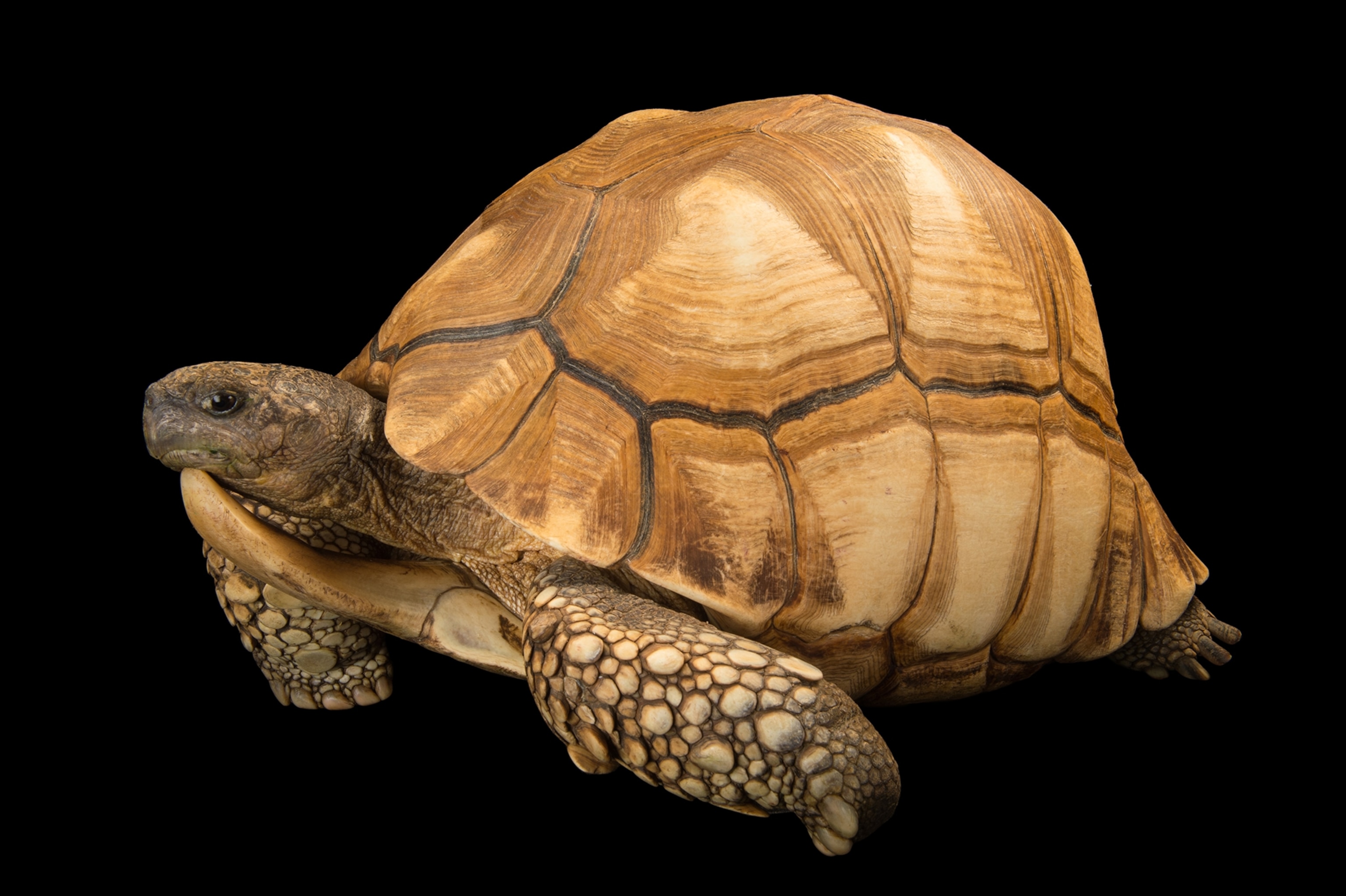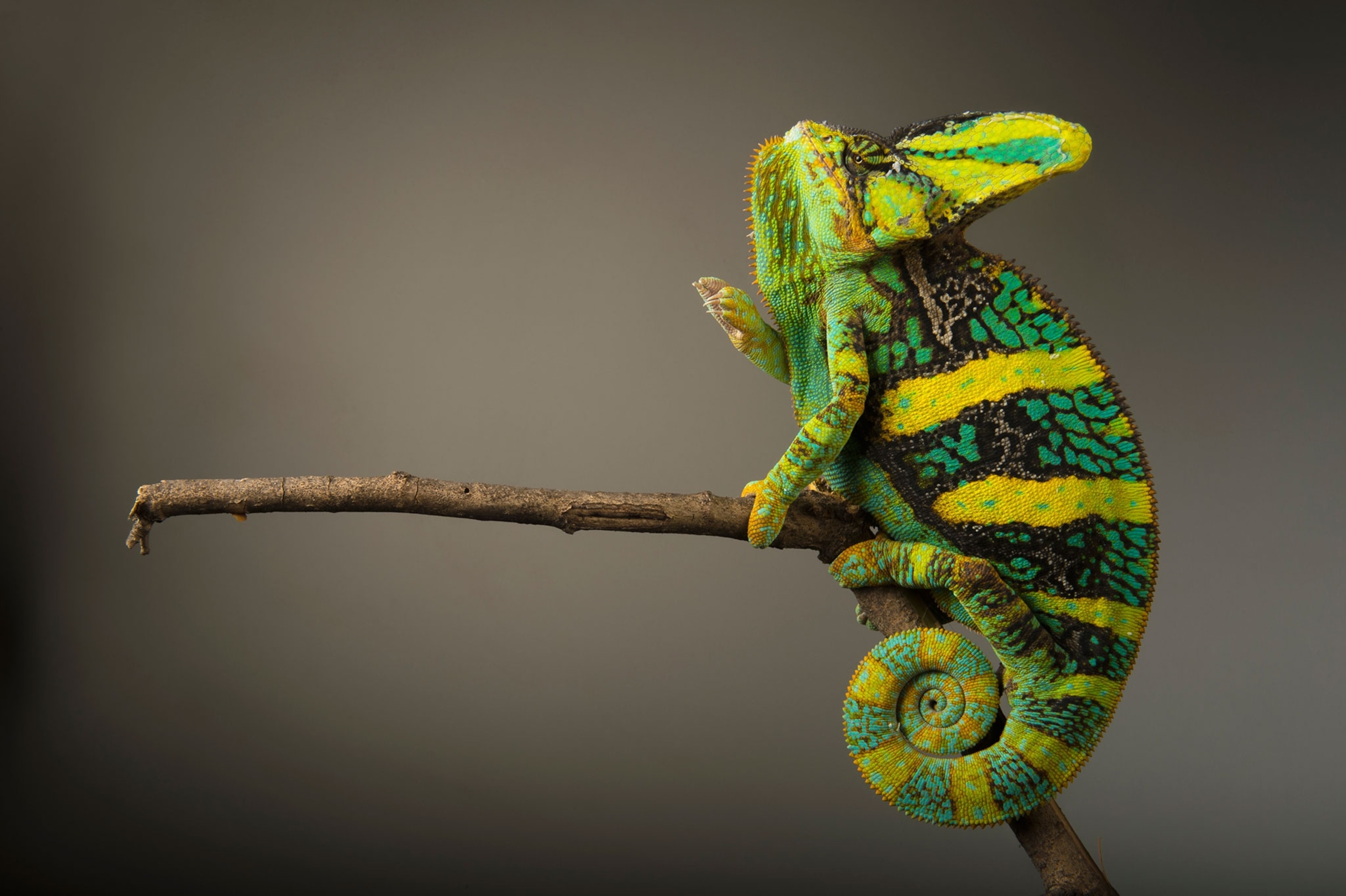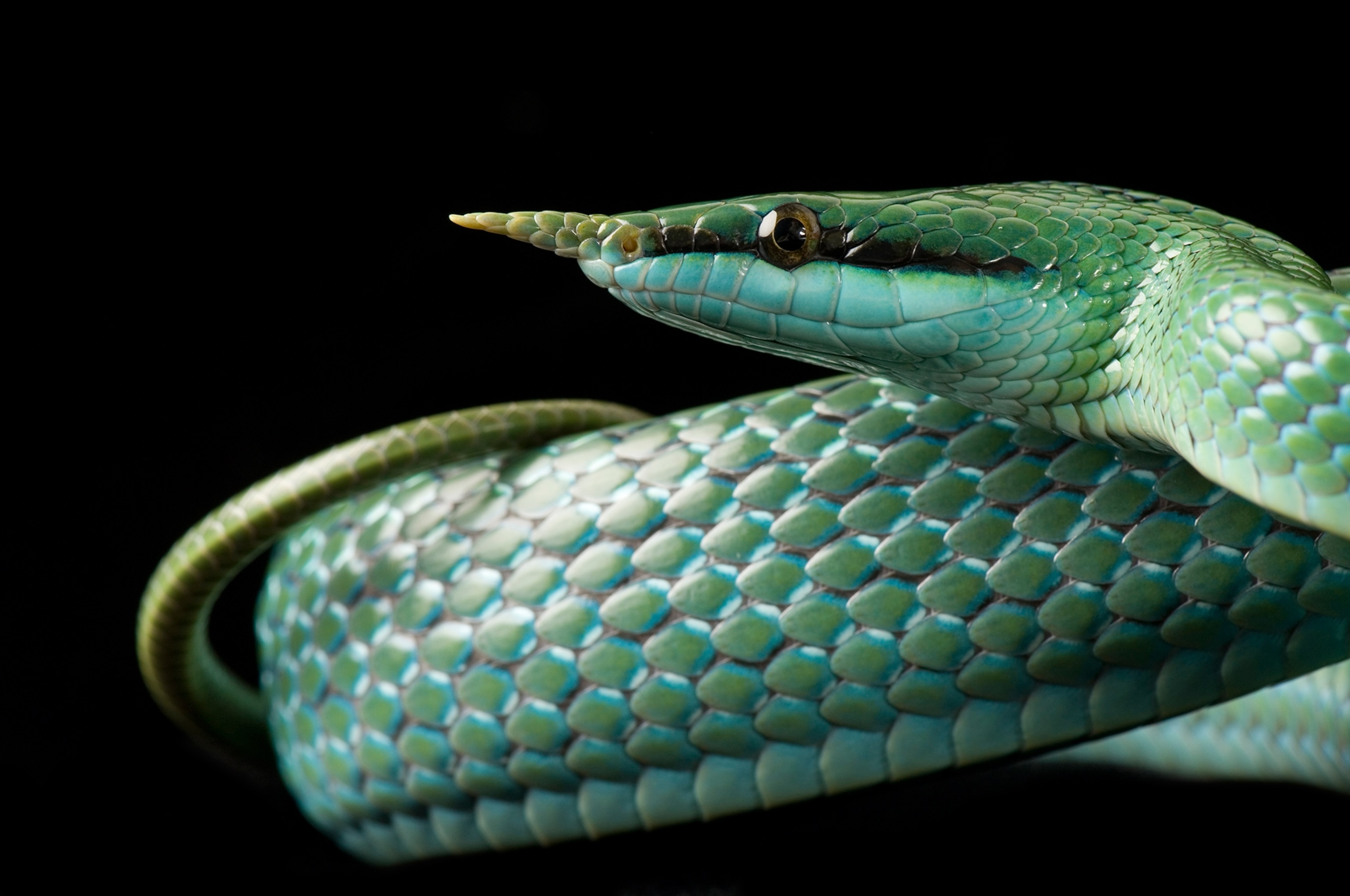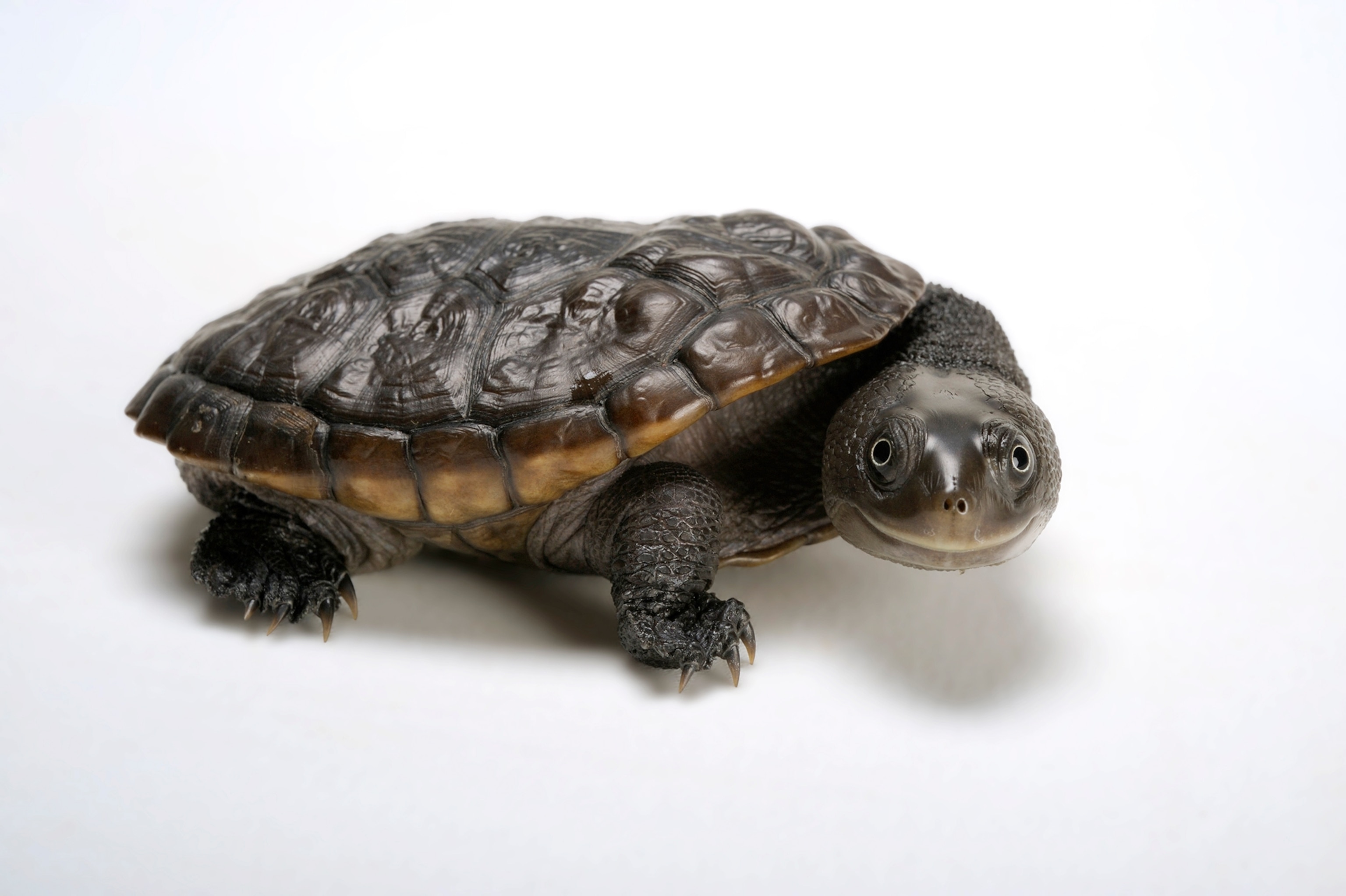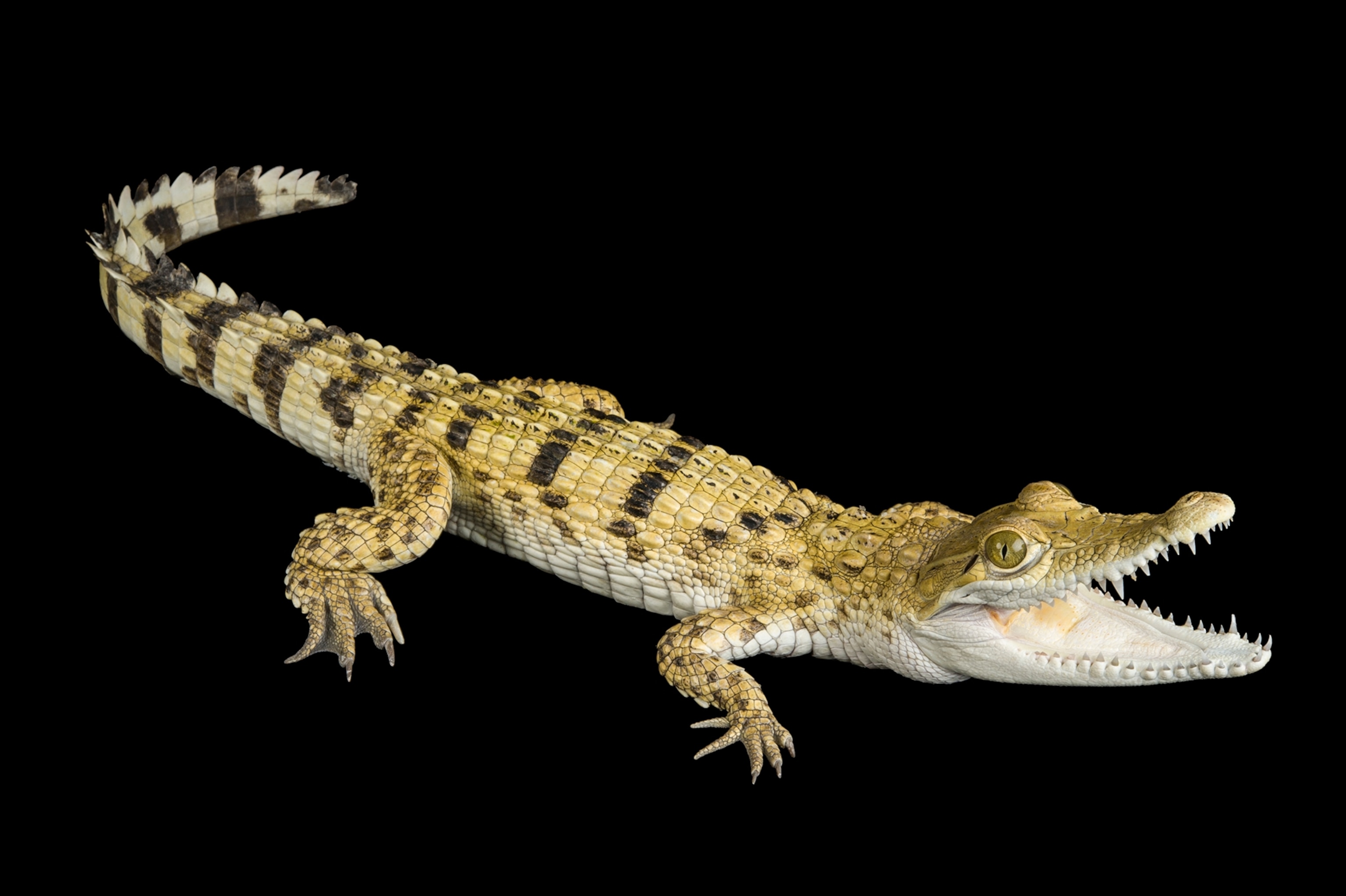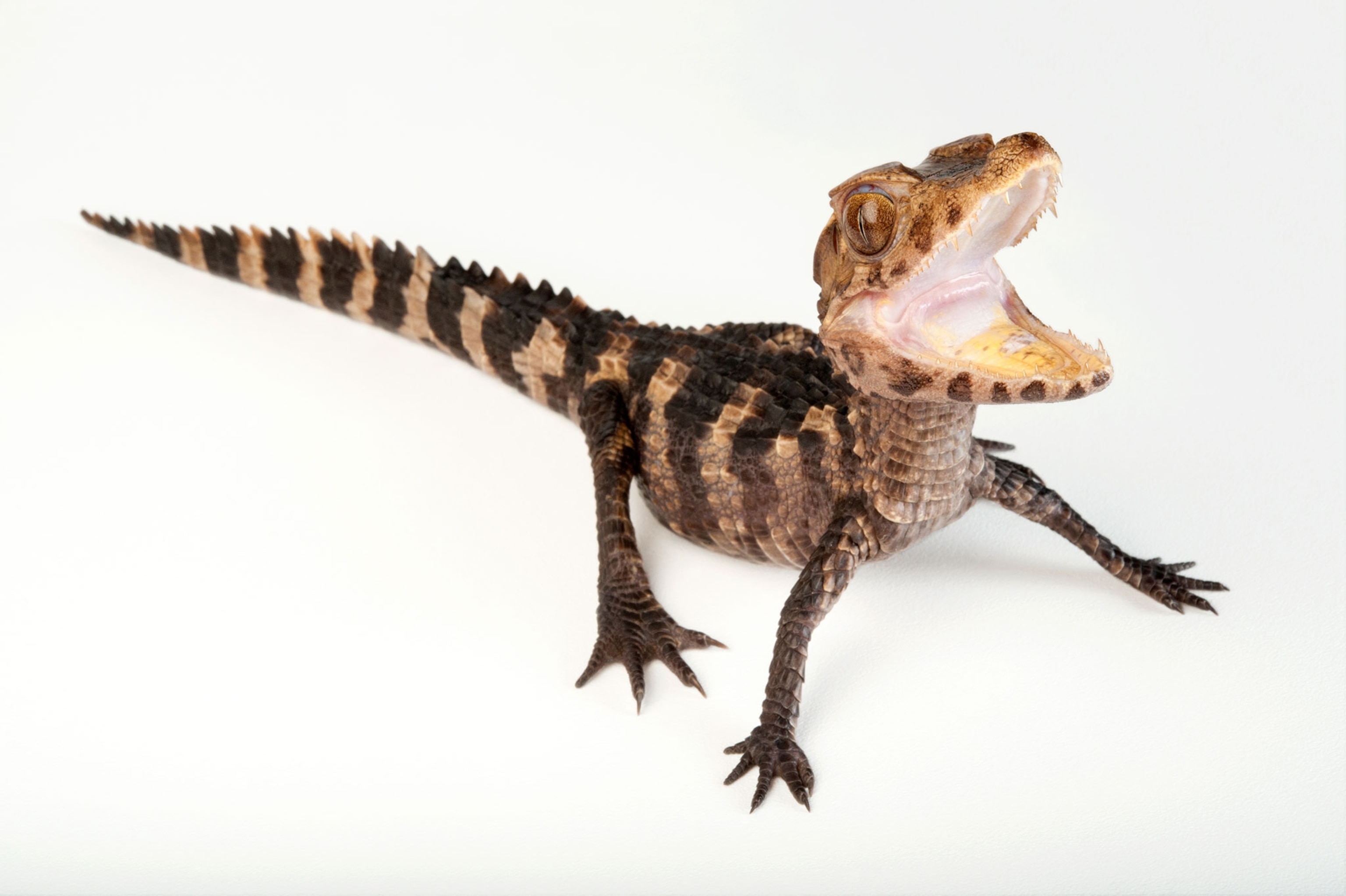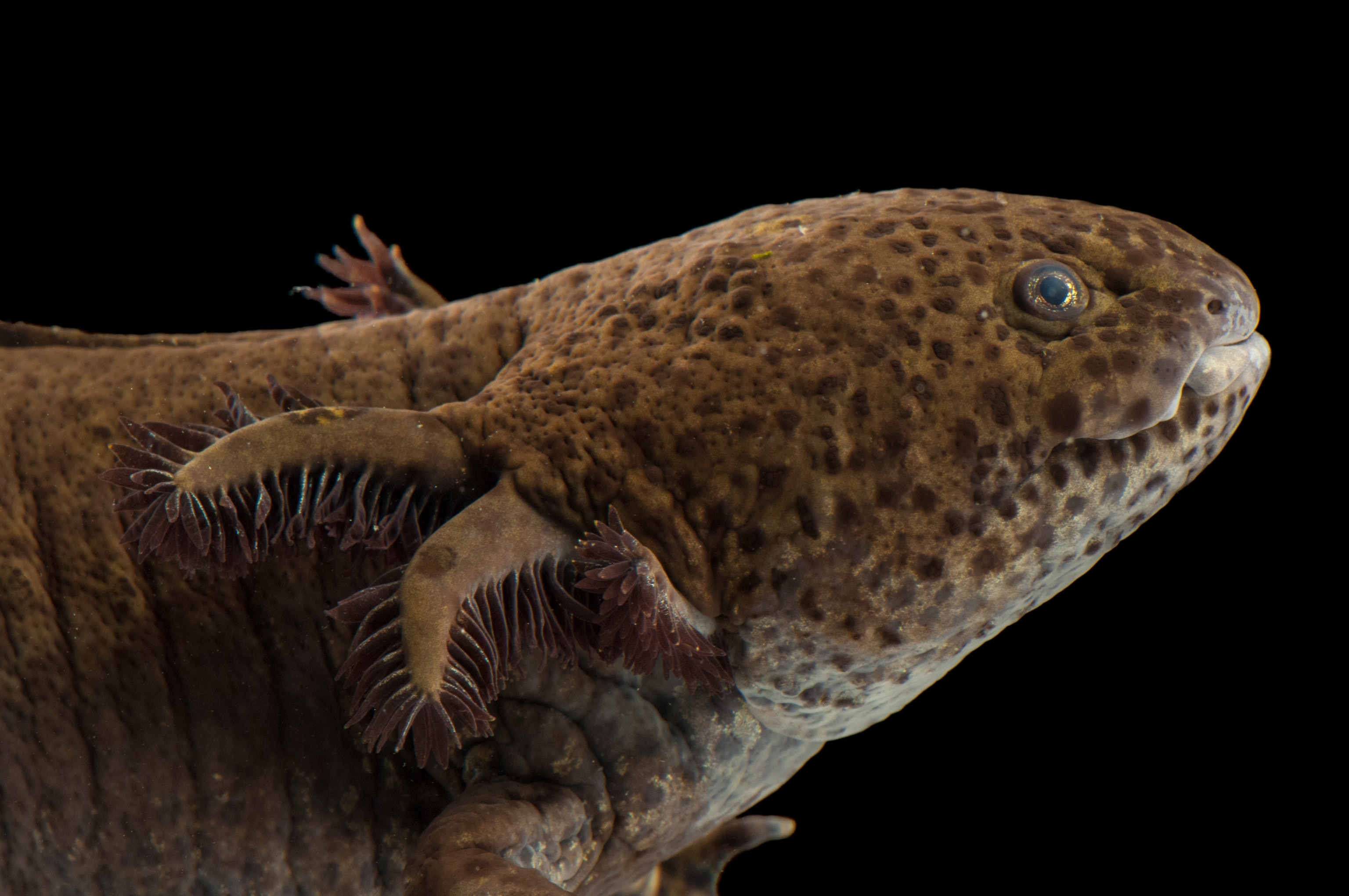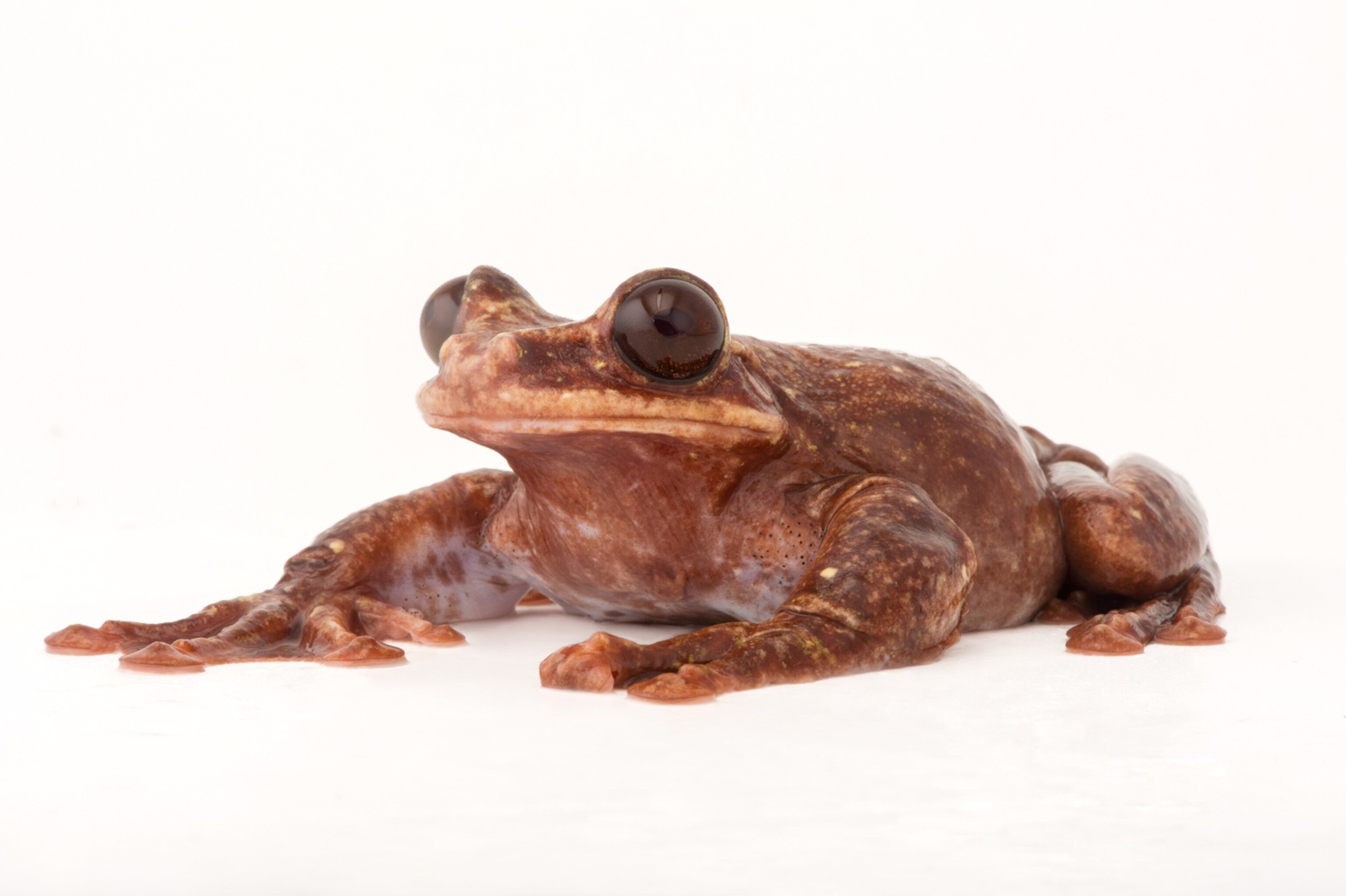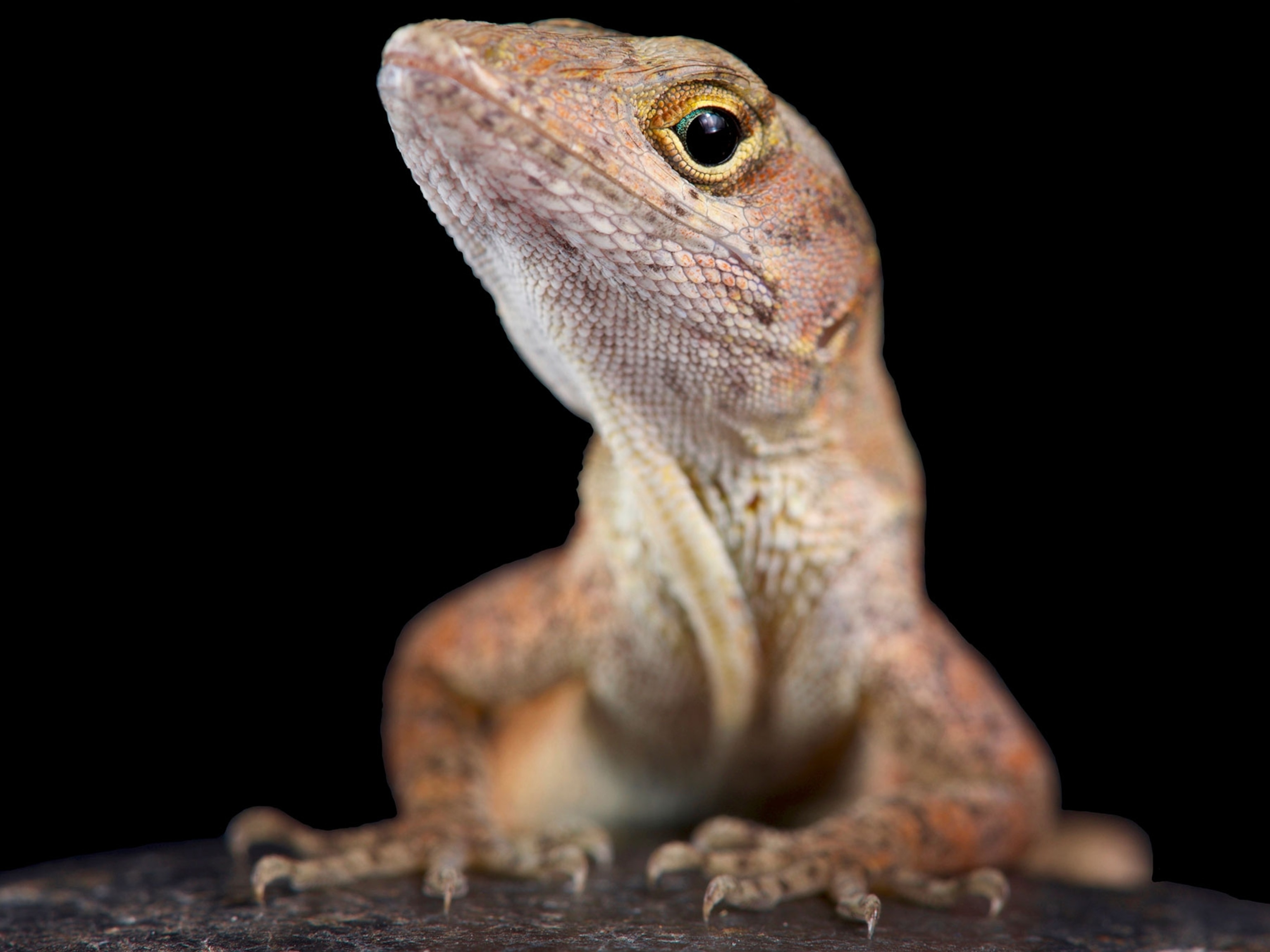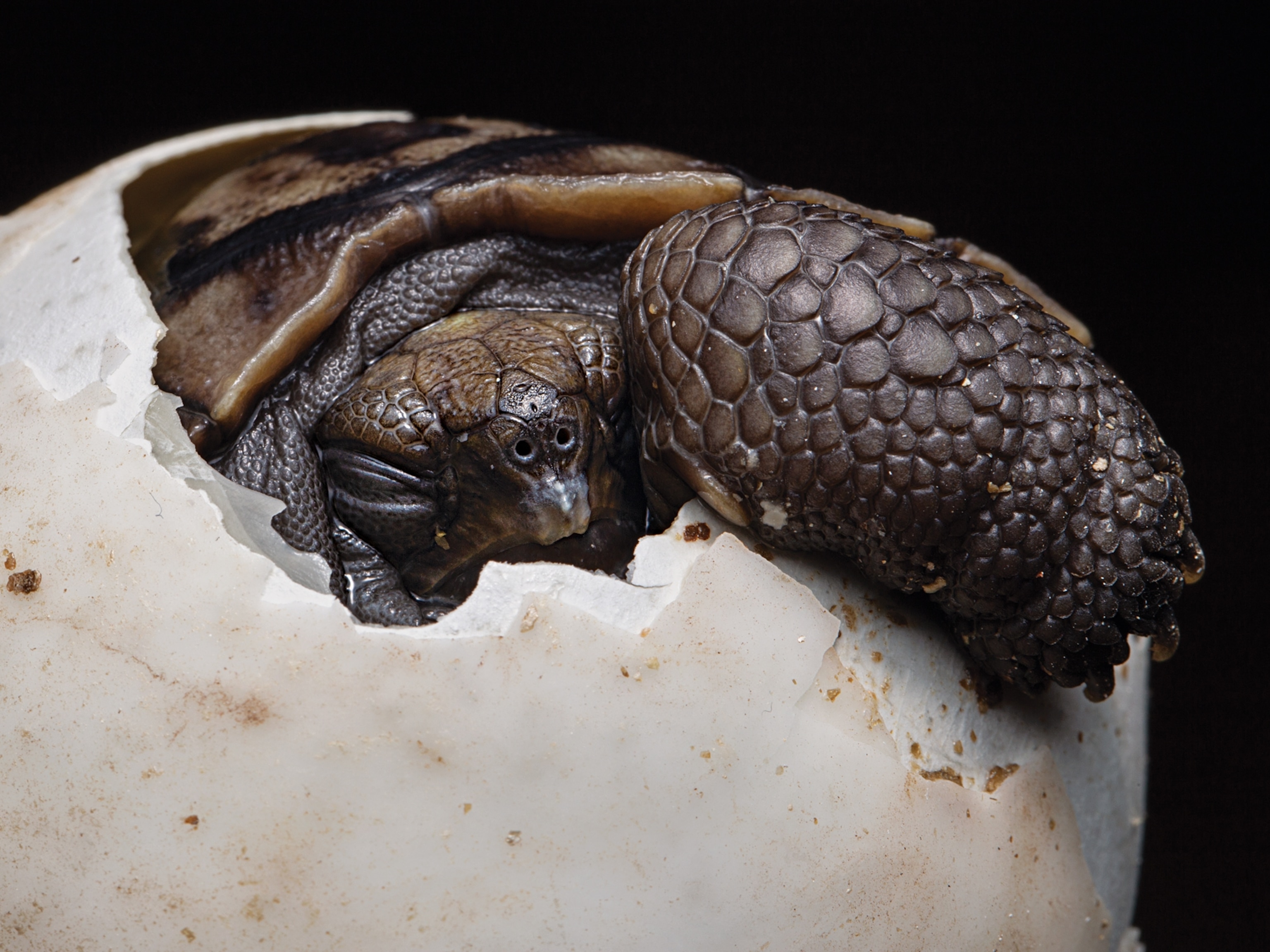Chameleons make changing color look easy. In just a few moments, these lizards can shift the hue of their skin to intimidate predators, camouflage themselves, or find mates. Scientists have spent decades unraveling the chameleon’s color-changing secrets in the lab, and their years of work have yielded a new smart skin that changes color when exposed to the sun.
“This is something nature does all the time,” says Khalid Salaita, a bioengineer at Emory University and senior author of the new paper published September 11 in ACS Nano. “And we can trigger color change using direct sunlight.”
The material could be used to make everything from camouflage clothing and coatings to chemical and environmental sensors.
Biochemist Leila Deravi of Northeastern University, who wasn’t involved in the study, says that this new smart skin has overcome a “major problem for engineers” by figuring out how to elicit a color change without altering the volume of a polymer.
Mimicking mimics
Long before Harry Potter donned his invisibility cloak, animals from all walks of life have been manipulating their own color for a variety of reasons. This ability evolved several times independently in reptiles, neon tetra fish, butterflies, and in cephalopods like octopus and squid.
The skin cells of these animals contain tiny crystals crammed together that are called photonic crystals. Unlike pigments, which have an intrinsic hue, these crystals reflect and scatter light differently based on their size, chemical makeup, and arrangement—creating color.
Researchers discovered in a 2015 Nature Communications paper that chameleon skin cells have guanine crystals interspersed with ‘regular’ skin cells. To change colors, the lizards can compress or flex their crystal-containing cells, causing different wavelengths of light to be reflected—and meanwhile, the normal skin cells can expand or shrink to fill in any gaps.
To build a color-changing smart skin in the lab, scientists have typically embedded photonic crystals in a jelly-like polymer. Yixiao Dong, first author of the new study and a doctoral student in Salaita’s lab, suggested tweaking this formula by creating a hydrogel with two layers, just like the chameleon skin.
“It sounded like the perfect solution,” Salaita says.
Changing in the light
The team created a small, thin flexible structure, not unlike a silicone bracelet, that contained one layer embedded with photonic crystals of iron oxide mixed with silicon dioxide. At a chemical level, “it’s basically a rust core with a sand shell,” Salaita says. The other contained a colorless polymer.
They then exposed the skin to sunlight and light from lasers. This is unique from other previous attempts at smart skin, which are typically triggered with high voltage electric current.
In one experiment, Dong shaped a yellow smart skin into a leaf. After five minutes in the sun, the leaf had turned green, which made it blend into a group of leaves he had snipped from a tree outside the lab, demonstrating the smart skin’s camouflage potential. He performed a similar color change with a fish-shaped polymer. Dong and Salaita then created even faster shifts using a laser light.
“It’s a clever way to get color changes with light,” Deravi says. She calls the work a good first step but says that it will be a long time until smart skins are ready for commercial use.
One of the biggest challenges will be making smart skins large enough for clothing, panels, and other human uses. Salaita also points out that animals have far better control over their color shifts and can create more dramatic changes than human-made materials. (Related: Can you spot the animals hidden in these photos?)
Related: Wonderful reptiles and amphibians
The skin cannot (yet) change colors in response to its surroundings. Cephalopods and chameleons probably do this by sensing light in their skin, and it would require a lot of mirrors and complex optics to accomplish this, Deravi adds.
“It’s a constant struggle for academic labs,” she says, to translate their work into real-world applications, but she believes it’s worth it.
After all, evolution has spent millions of years perfecting these color-changing systems, so it makes sense for scientists to try and borrow a few secrets. “These polymers can be made into anything you want them to be,” Salaita says.

